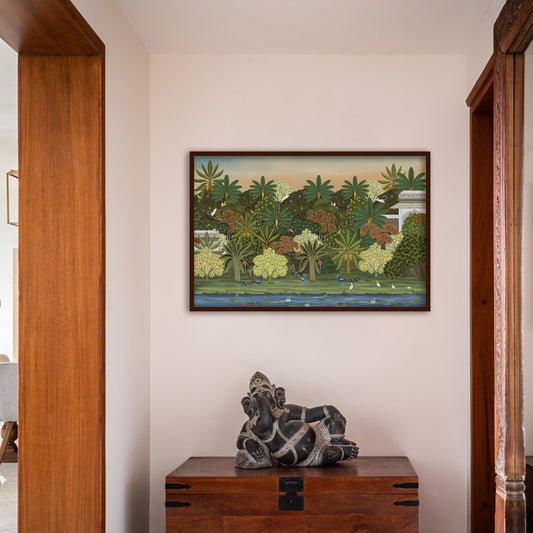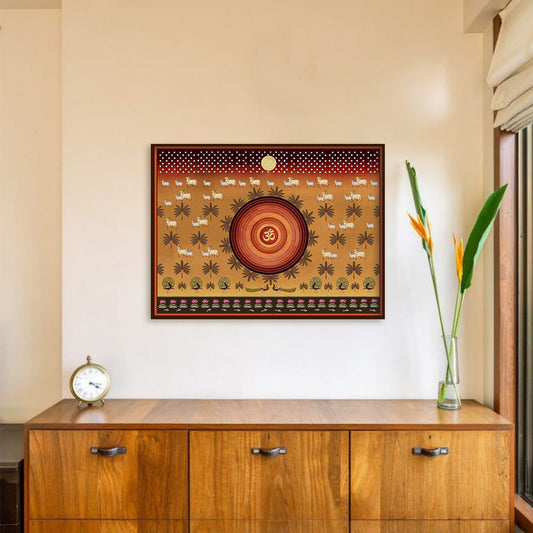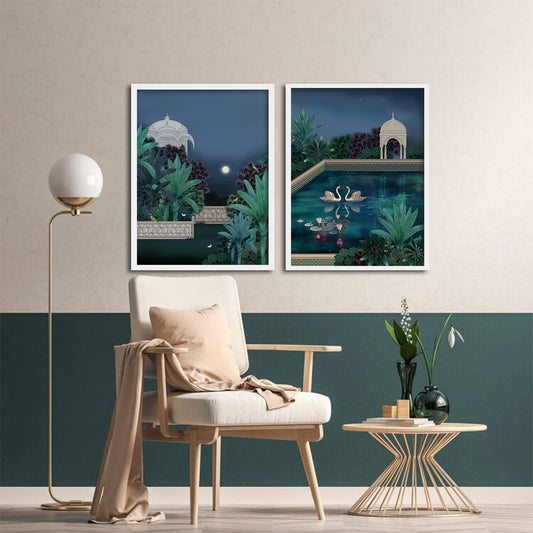-
- Regular price
- From Rs. 690
- Regular price
-
Rs. 0 - Sale price
- From Rs. 690
- Unit price
- per

-
- Regular price
- From Rs. 690
- Regular price
-
Rs. 0 - Sale price
- From Rs. 690
- Unit price
- per

-
- Regular price
- From Rs. 1,269
- Regular price
-
Rs. 1,380 - Sale price
- From Rs. 1,269
- Unit price
- per
 8% off
8% off -
- Regular price
- From Rs. 690
- Regular price
-
Rs. 0 - Sale price
- From Rs. 690
- Unit price
- per

-
- Regular price
- From Rs. 1,269
- Regular price
-
Rs. 1,380 - Sale price
- From Rs. 1,269
- Unit price
- per
 8% off
8% off -
- Regular price
- From Rs. 690
- Regular price
-
Rs. 0 - Sale price
- From Rs. 690
- Unit price
- per

-
- Regular price
- From Rs. 690
- Regular price
-
Rs. 0 - Sale price
- From Rs. 690
- Unit price
- per

-
- Regular price
- From Rs. 4,900
- Regular price
-
Rs. 0 - Sale price
- From Rs. 4,900
- Unit price
- per

-
- Regular price
- From Rs. 690
- Regular price
-
Rs. 0 - Sale price
- From Rs. 690
- Unit price
- per

-
- Regular price
- From Rs. 690
- Regular price
-
Rs. 0 - Sale price
- From Rs. 690
- Unit price
- per

-
- Regular price
- From Rs. 1,863
- Regular price
-
Rs. 2,070 - Sale price
- From Rs. 1,863
- Unit price
- per
 10% off
10% off -
- Regular price
- From Rs. 22,500
- Regular price
-
Rs. 0 - Sale price
- From Rs. 22,500
- Unit price
- per

-
- Regular price
- From Rs. 690
- Regular price
-
Rs. 0 - Sale price
- From Rs. 690
- Unit price
- per

-
- Regular price
- From Rs. 7,500
- Regular price
-
Rs. 0 - Sale price
- From Rs. 7,500
- Unit price
- per

-
- Regular price
- From Rs. 7,500
- Regular price
-
Rs. 0 - Sale price
- From Rs. 7,500
- Unit price
- per

-
- Regular price
- From Rs. 1,380
- Regular price
-
Rs. 0 - Sale price
- From Rs. 1,380
- Unit price
- per

Featured collection
Traditional Indian Art: A Reflection of Cultural Heritage and Spirituality
Introduction
India’s traditional artwork has evolved over thousands of years, shaped by its rich cultural history and spiritual narratives. Each region is associated with a unique art form, such as Kalamkari from Andhra Pradesh or Pichwai from Rajasthan, deeply rooted in local traditions. Traditional Indian paintings often depict spiritual, religious, and metaphysical themes, offering a glimpse into the transcendental world.
Key Aspects of Traditional Indian Art
One of the most defining aspects of traditional Indian art is its deep connection with religion and mythology. Major religious traditions like Hinduism, Buddhism, Jainism, and Islam have greatly influenced these artistic expressions. Traditional artworks frequently portray deities, mythological stories, and scenes of devotion.
Popular Styles of Traditional Indian Art
- Pattachitra Paintings (Odisha) – Known for intricate detailing, these paintings mainly depict Hindu gods, goddesses, and mythological tales.
- Pichwai Paintings (Rajasthan) – Originating from Nathdwara, these paintings revolve around Shreenathji and often feature gold and silver embellishments.
- Kalamkari Art (Andhra Pradesh & Telangana) – Hand-painted or block-printed designs on fabric or paper, usually illustrating mythological stories.
- Miniature Paintings – Renowned for detailed and precise depictions of courtly life, religious themes, and landscapes.
- Tanjore Paintings (Tamil Nadu) – Characterized by gold foil ornamentation and religious depictions with vibrant colors.
- Gond Art (Madhya Pradesh & Chhattisgarh) – Tribal folk art using bright colors and intricate dot patterns to represent nature and folklore.
Uses of Traditional Indian Paintings
- Spiritual Spaces – Ideal for temples, meditation corners, and pooja rooms.
- Home Décor – Enhances cultural and aesthetic appeal in living spaces.
- Corporate & Luxury Spaces – Elevates ambiance in hotels, offices, and high-end interiors.
- Cultural Exhibitions & Museums – Promotes and preserves India’s rich artistic heritage.
Traditional Artwork Décor Ideas
- Statement Pieces – Use Pichwai or Pattachitra paintings as focal points in living rooms.
- Wall Hangings – Decorate with Kalamkari prints for a touch of tradition.
- Framed Elegance – Frame miniature paintings for a sophisticated look in smaller spaces.
- Folk Art Flair – Bright Gond paintings add vibrancy to modern interiors.
- Divine Ambiance – Install Tanjore paintings in prayer rooms for spiritual decor.
Care Tips for Traditional Paintings
- Protective Framing – Use UV-protective glass to prevent fading and sun damage.
- Avoid Direct Sunlight – Preserve vibrancy by keeping paintings away from harsh sunlight.
- Gentle Cleaning – Dust gently with a soft, dry cloth to avoid scratches or damage.
- Humidity Control – Maintain stable humidity to prevent deterioration of fabric-based paintings.
Why Buy Traditional Artwork at Studio Artemist?
- Authenticity Guaranteed – Crafted by skilled artists preserving heritage and quality.
- Versatile Mediums – Available in prints, mixed media, and hand-painted originals.
- Customization Options – Choose frame styles and sizes to complement your space.
- Exclusive Collections – Curated designs inspired by India’s rich artistic legacy.
Related Collections on Studio Artemist
- Abstract Art Prints – Modern and expressive forms for contemporary interiors.
- Vintage Prints – Nostalgic collections featuring historical and cultural themes.
- Spiritual & Religious Art – Depictions of divine figures and sacred symbols.
- Tribal & Folk Art – Authentic works inspired by Indian tribal communities.
FAQs
Are traditional artworks originals or reproductions?
They are high-quality reproductions, preserving the originality of the designs.
How is traditional artwork preserved?
Framing with UV-protective glass shields them from light and dust.
What makes miniature paintings unique?
Their small scale, intricate detailing, and fine brushwork set them apart.
Why is symbolism important in Indian traditional art?
Symbolism conveys spiritual beliefs, cultural narratives, and divine connections.
How to incorporate traditional art into modern décor?
Use framed pieces, tapestries, or fabric prints for a blend of tradition and modernity.
Is gold detailing common in traditional Indian art?
Yes, especially in Pichwai and Tanjore paintings for a regal touch.
Where can I buy authentic traditional paintings online?
Studio Artemist offers an exclusive collection of traditional artworks, paintings, and mixed-media pieces.





















